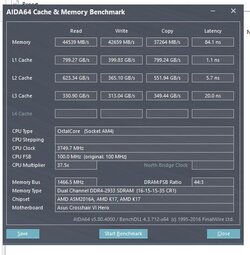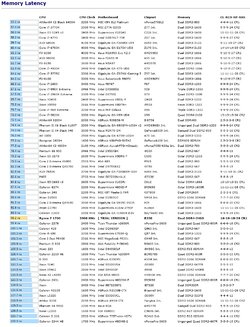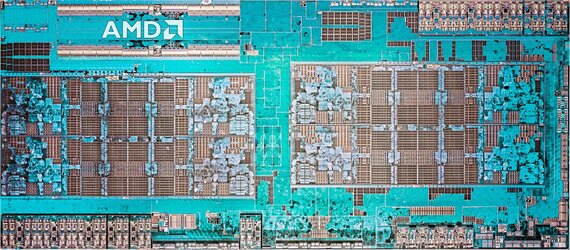You keep saying "die" which is confusing. A two die chip would be the core2quad. Ryzen is a single continuous piece of silicone, and a single die. Inside that die many different interconnected integrated circuits. The two largest blocks of these integrated circuits are labeled as a single ccx which contains 4 cores, l1-l3 cache, etc. These are essentially duplicated hence having 8 cores. The interconnect is called the "infinity fabric" and operates at the actual clock speed of the RAM. E.G. when ram is running at DDR4-2667, the fabric runs at 1333 MHz. It may be better to think of the CCXs as 'modules' from FX, but the new versions. The Infinity Fabric should be thought of as the new version of the CPU-NB from FX. There are some differences, etc, but the CCXs are not connected by a bandwidth of single channel ram. Just because the fabric has a clock speed of the actual ram clock speed, doesn't mean it's overall data throughput is the same. It is possible to have something very wide (interface wise) with multiple IO points (think memory interfaces on a GPU, I.E.- 256-bit interface vs 128-bit interface, if both are operating at the same clock speed, then one has double the throughput).
My understanding is they are connected via shared L3 cache, and part of the problem is how Windows 10 handles looking at each CPU core and it's dedicated resources. Slilt does go into it a bit with someone concerned about Vega which is supposed to use a similar infinity fabric, particularly regarding bandwidth access to the memory. Maybe that can shed some light into the issue?
I'd wager that unless Dolk has dug that deep on Ryzen, one of the better places to get info would be within that thread itself. I'm merely an undergrad EE student who is focused more on RF applications and theory, so am a bit outta my element in these realms. If you get your questions answered, and understand them, please let us know here as well. Slilt seems to translate things into laymen terms pretty well, and my understanding of the architecture design could WAY wrong, but it's just how I processed it




 Long in the tooth doing what?
Long in the tooth doing what?
